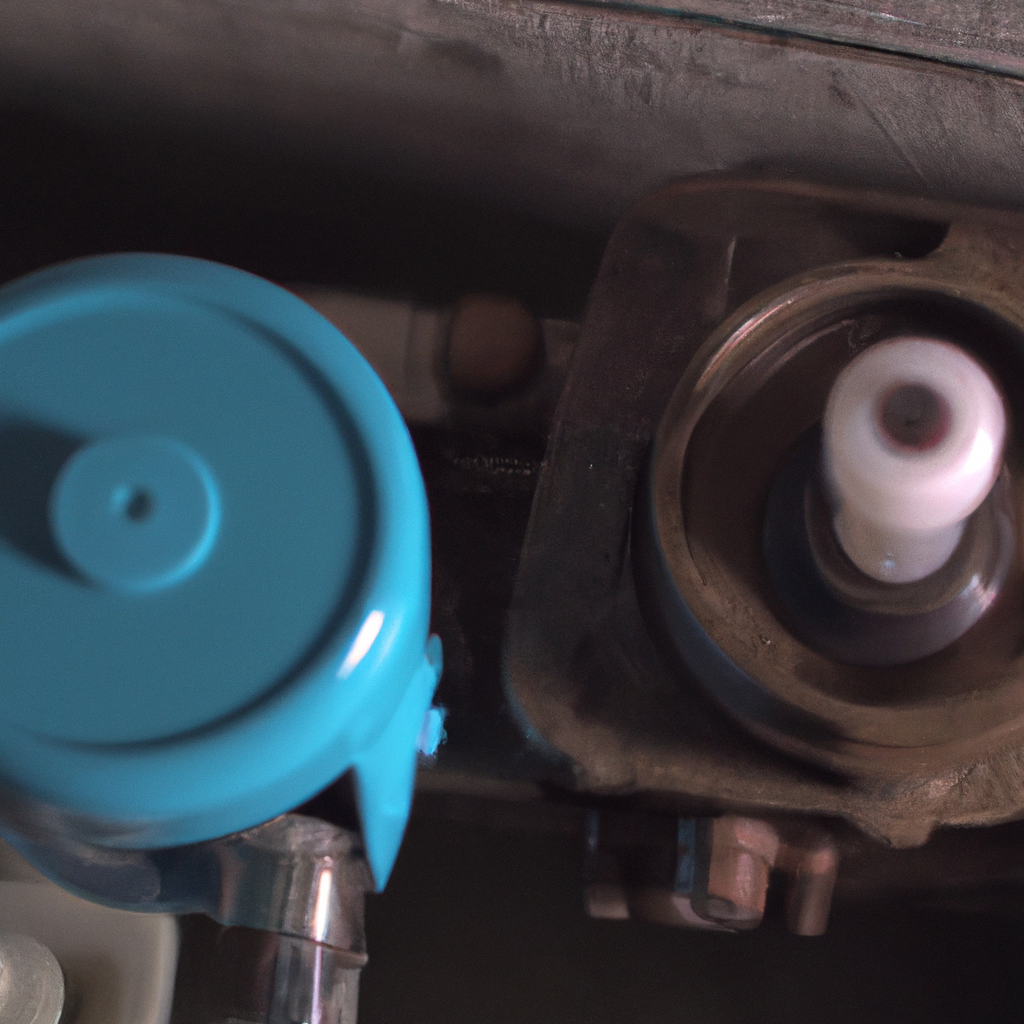A water pump is a mechanical device that is used to circulate water through a system. This can be for a range of purposes, from irrigation to cooling systems, but the basic principle of a water pump is the same. In this article, we will explain how a water pump works, including the pump mechanism, fluid dynamics, and the role of centrifugal force.
How it Works
A water pump works by converting hydraulic energy into mechanical energy. Hydraulic energy is the pressure and flow of water, while mechanical energy is the force and motion of a mechanical device. The pump mechanism consists of an impeller, which is a rotating component that has curved blades.
When the impeller rotates, it creates a centrifugal force that pushes water towards the edge of the impeller. This force causes the water to flow outwards, away from the center of the impeller. As the water flows outwards, it creates a low-pressure area in the center of the impeller.
Water Flow
As the water flows outwards, it enters the volute, which is a curved chamber surrounding the impeller. The volute is designed to convert the high-speed, low-pressure water flow into a low-speed, high-pressure flow. The curved shape of the volute helps to increase the pressure of the water as it flows through the pump.
The water then exits the pump through the discharge port and flows into the system. The water pump continues to circulate water through the system until it reaches the desired pressure or flow rate.
Fluid Dynamics
The flow of water through a water pump is governed by fluid dynamics. Fluid dynamics is the study of how fluids, such as water, behave under different conditions. In the case of a water pump, the fluid dynamics are influenced by the shape of the impeller, the speed of rotation, and the shape of the volute.
The impeller is designed to create a force that pushes water outwards towards the volute. The shape of the impeller blades can be adjusted to change the pressure and flow rate of the water. The speed of rotation also affects the flow rate, with higher speeds resulting in higher flow rates.
The volute is designed to convert the high-speed, low-pressure water flow into a low-speed, high-pressure flow. The curved shape of the volute helps to increase the pressure of the water as it flows through the pump.
In summary, a water pump works by converting hydraulic energy into mechanical energy. The pump mechanism consists of an impeller and a volute, which work together to increase the pressure and flow rate of the water. The fluid dynamics of the pump are influenced by the shape of the impeller, the speed of rotation, and the shape of the volute.
Conclusion
A water pump is an essential component of many different systems, from irrigation to cooling systems. Understanding how a water pump works is important for anyone who needs to maintain or repair a system that uses a water pump. By knowing the basic principles of the pump mechanism, fluid dynamics, and centrifugal force, you can ensure that your water pump is operating at its maximum efficiency.







